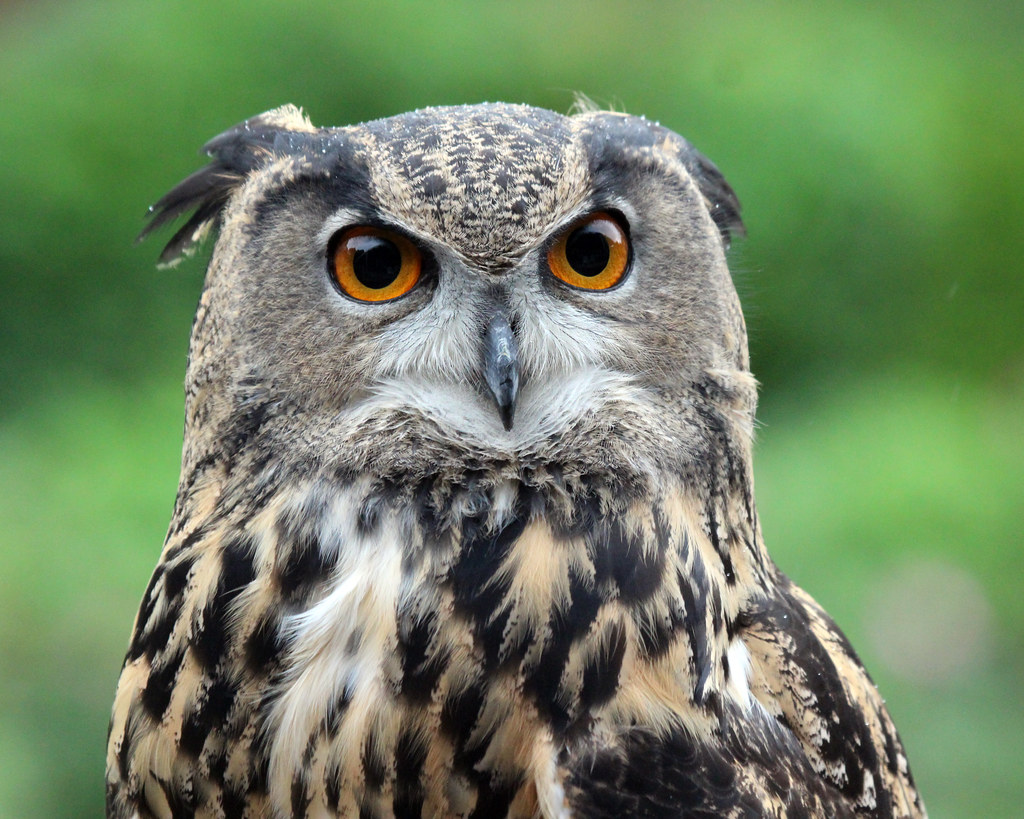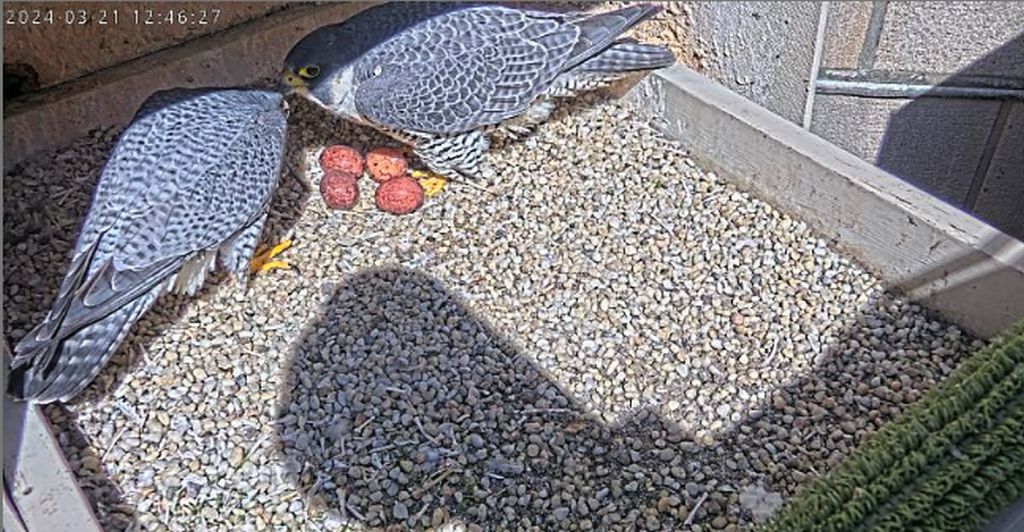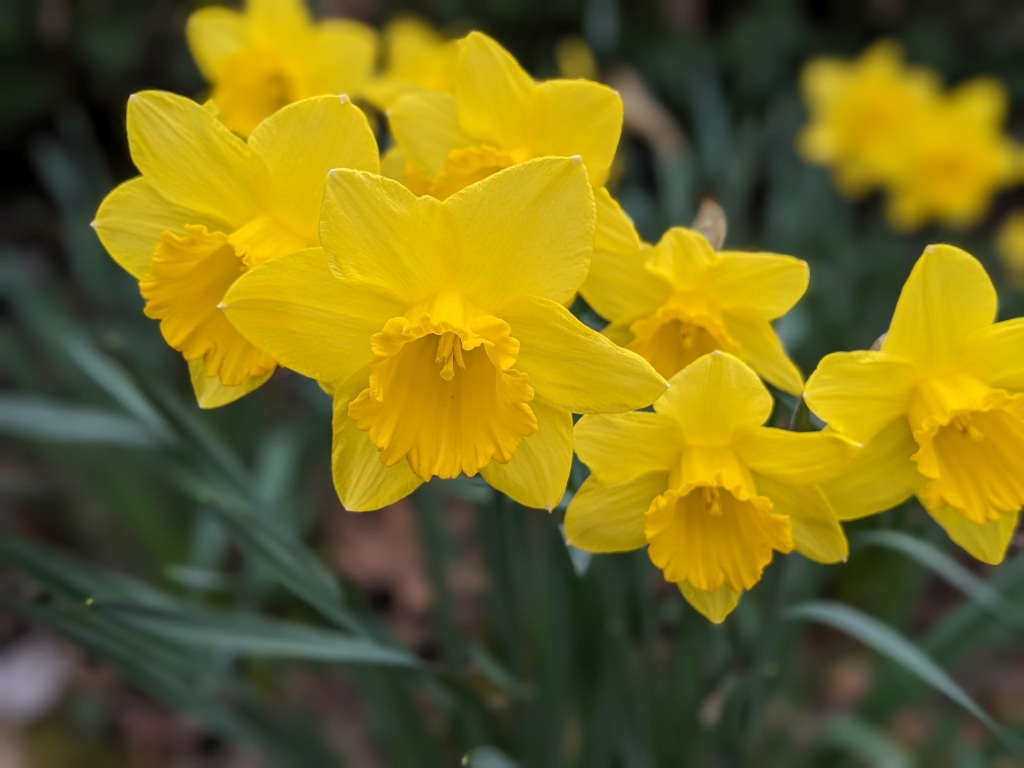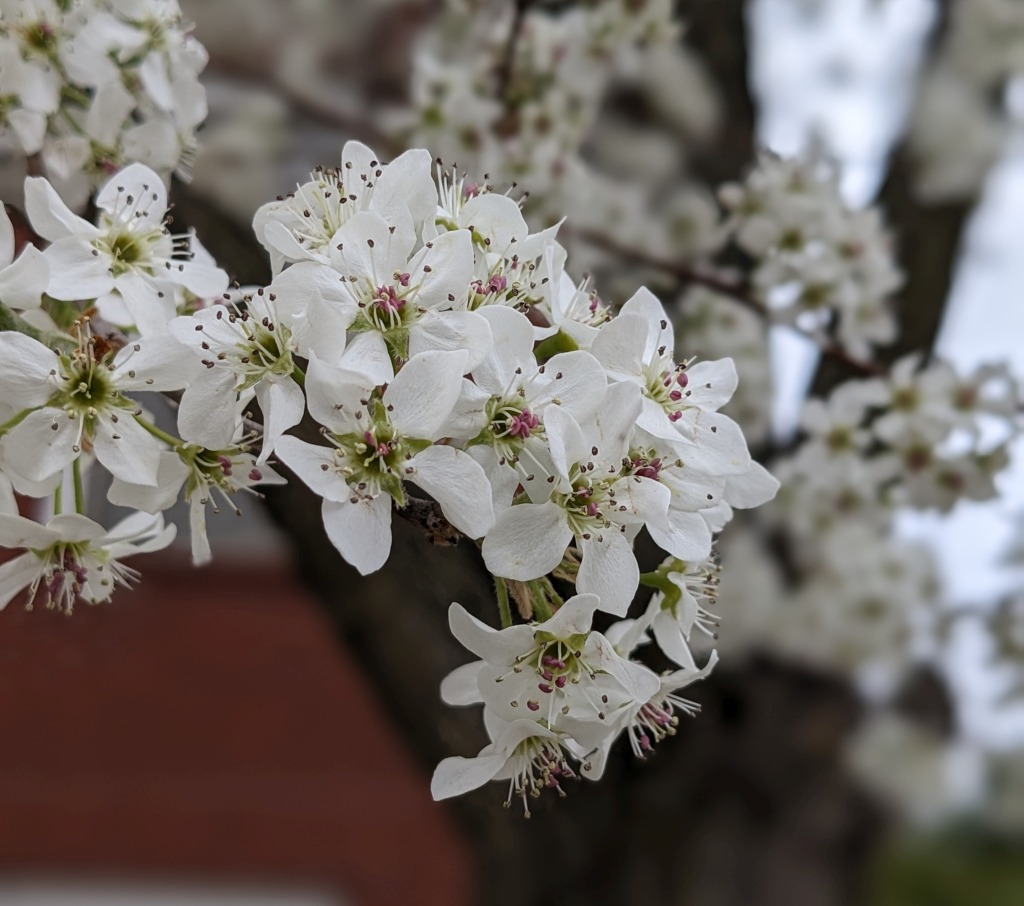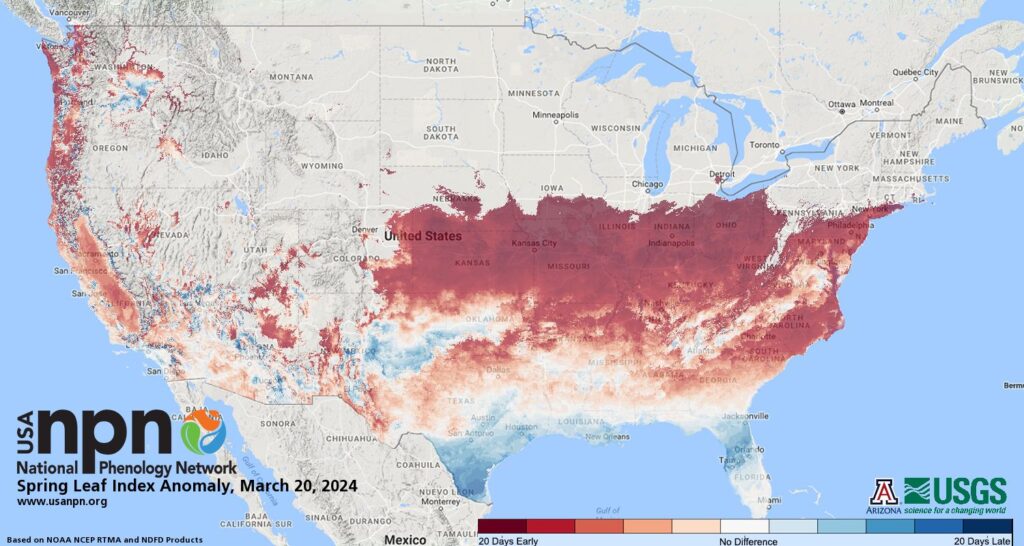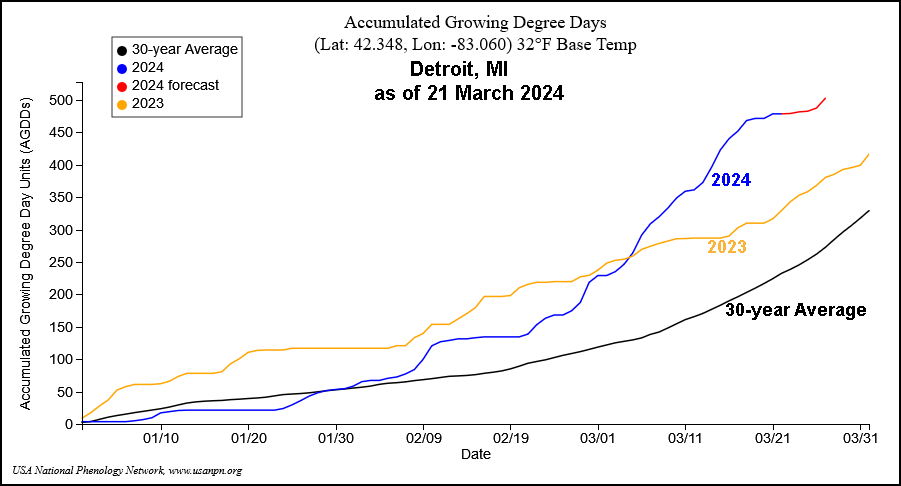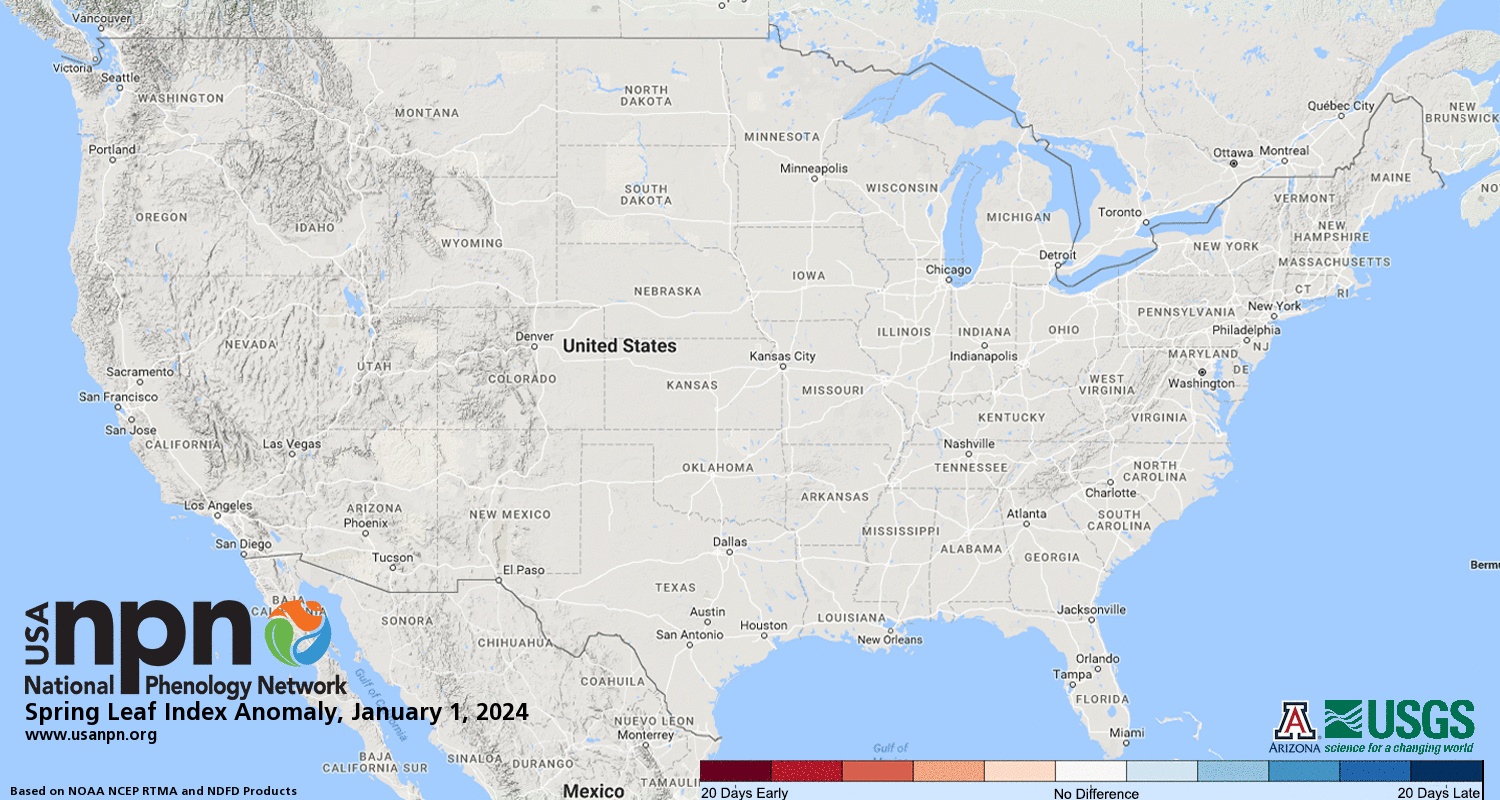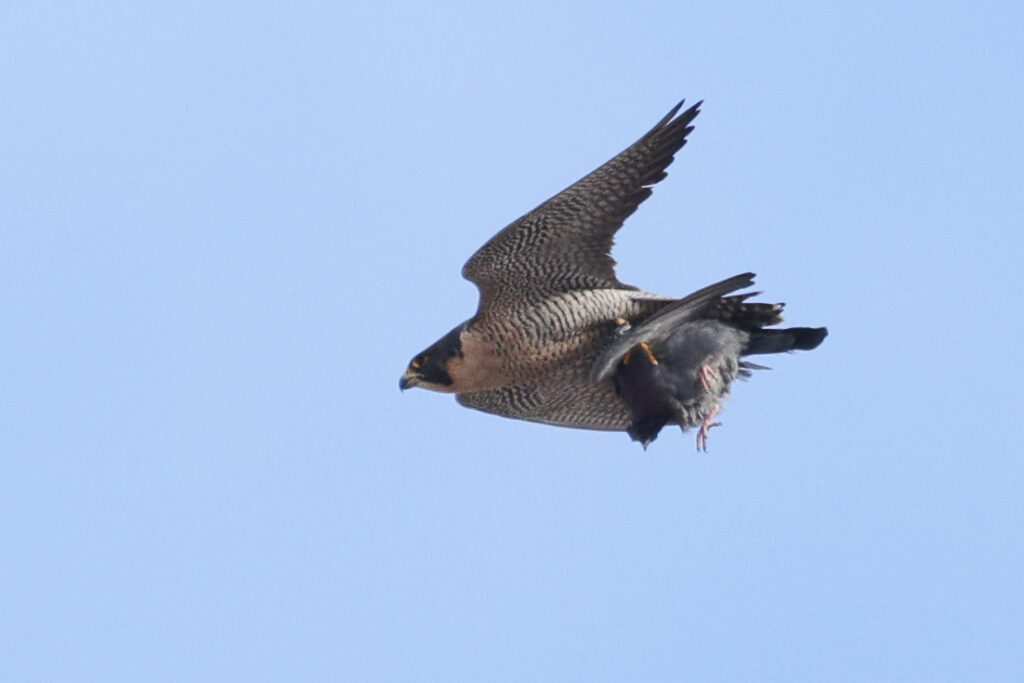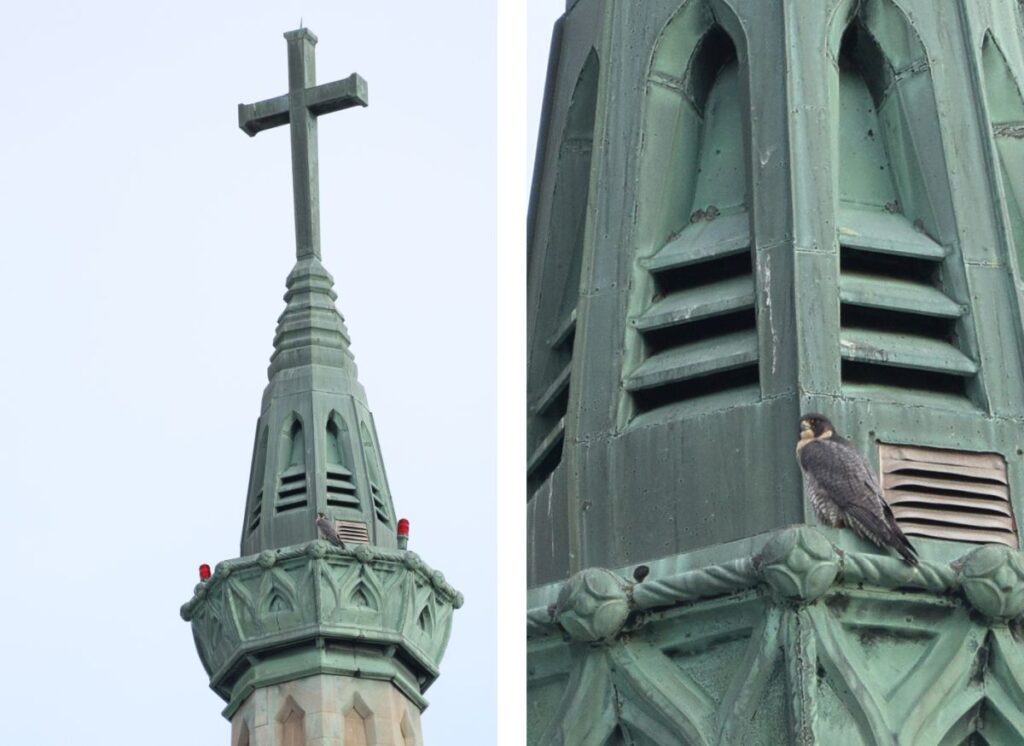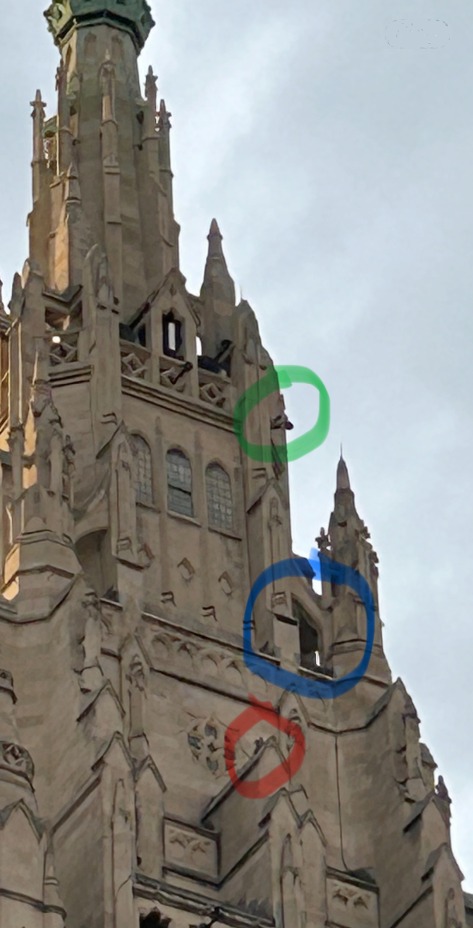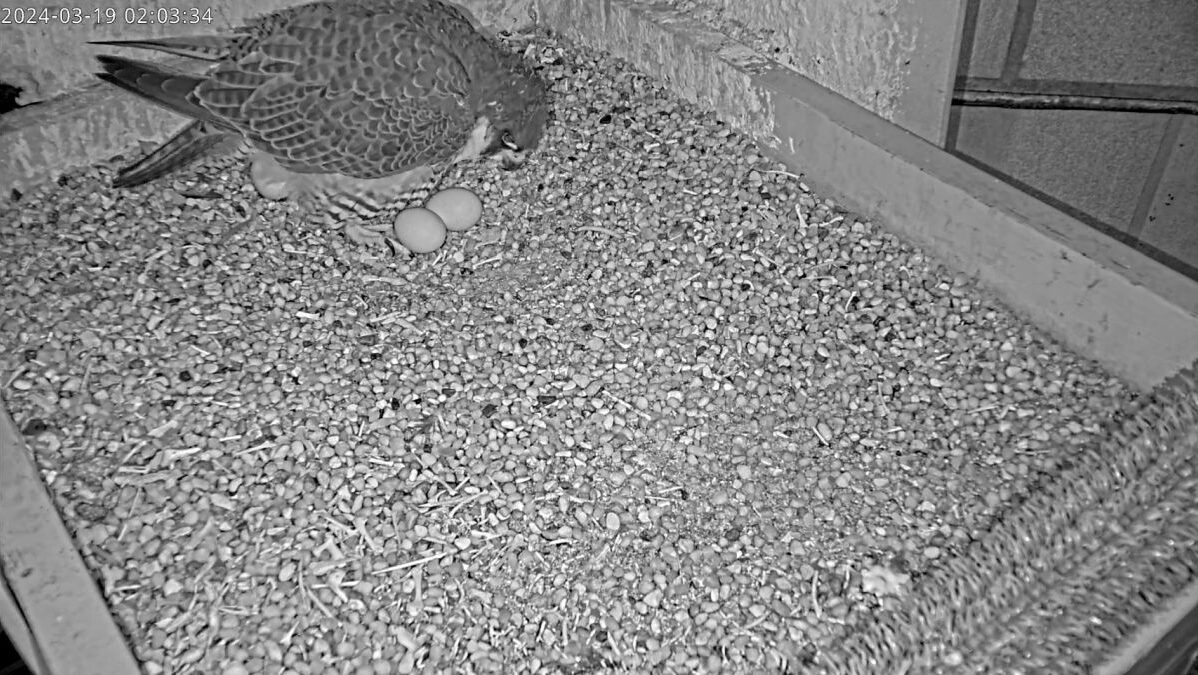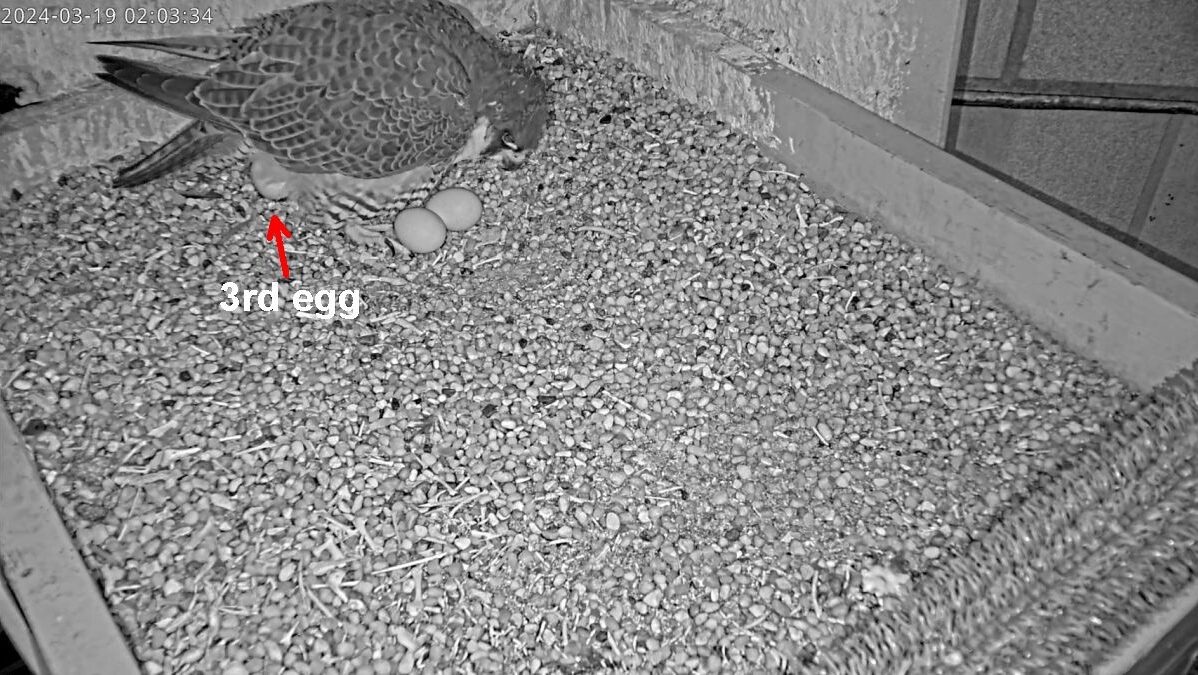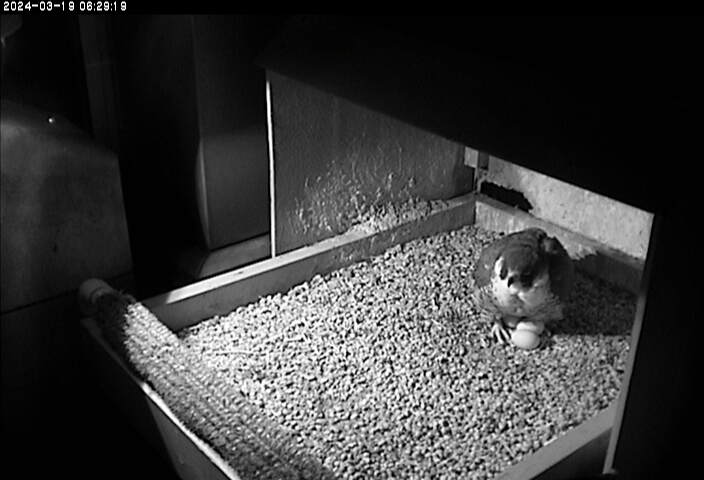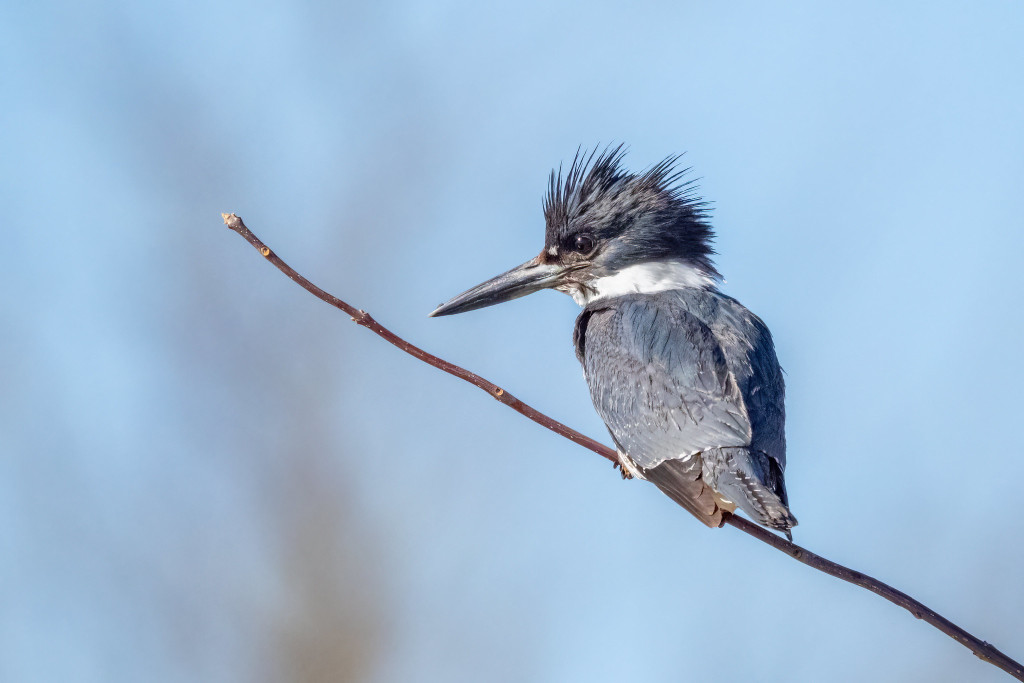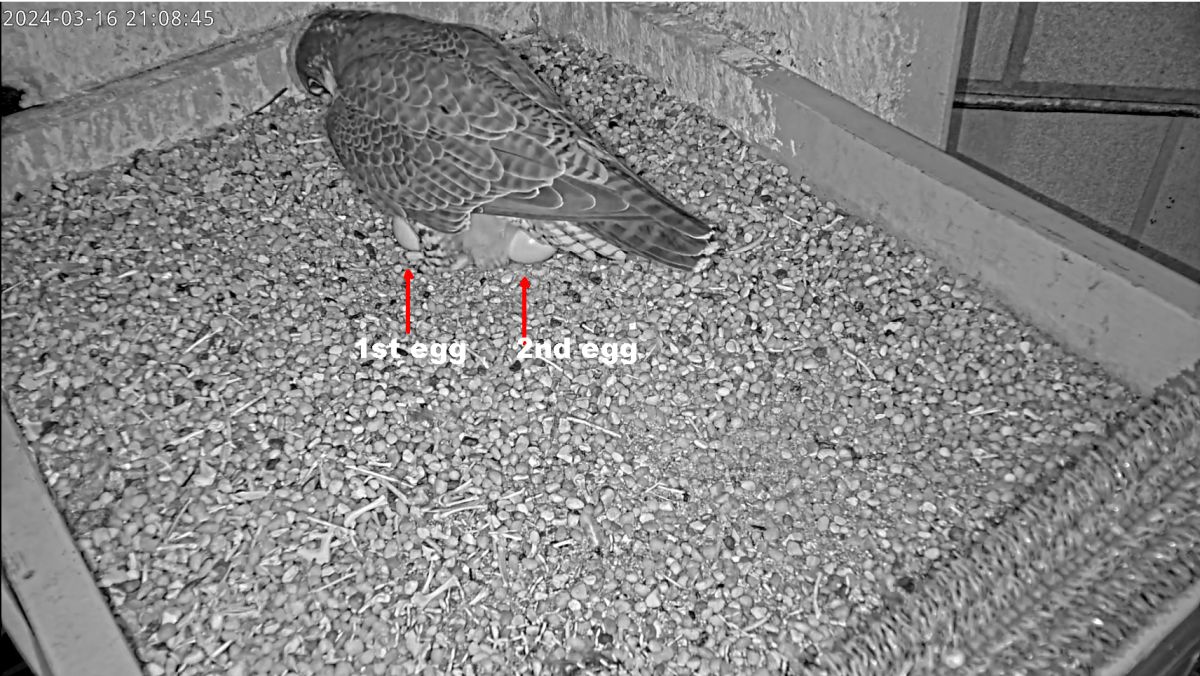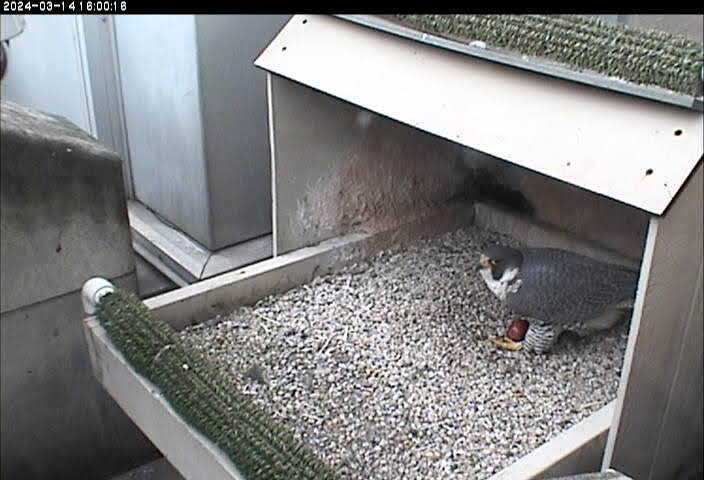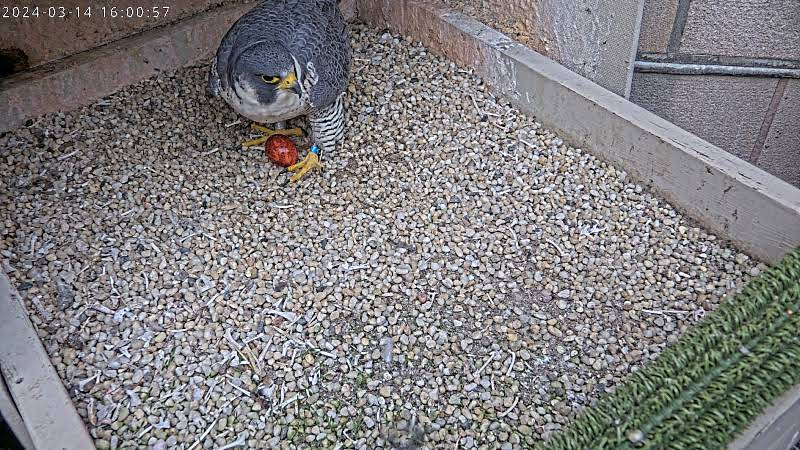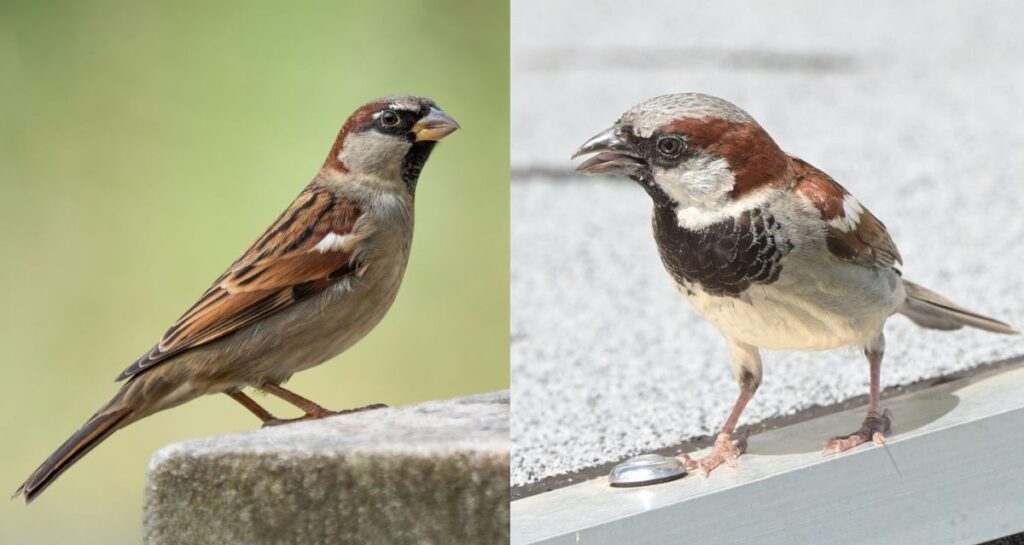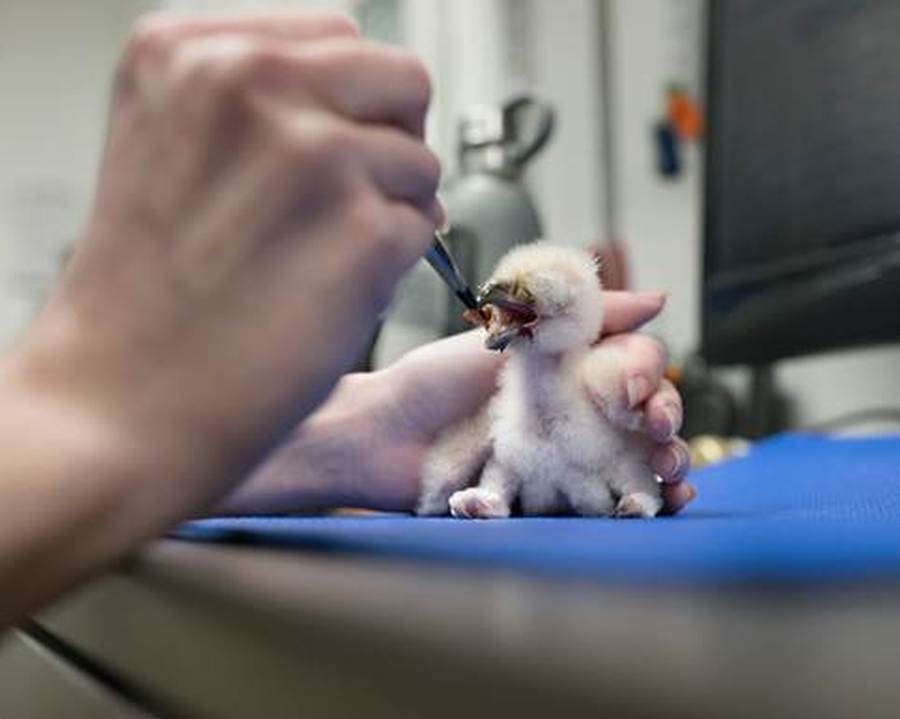
22 March 2024
Eurasian eagle owls Dumbledore and X are parents again at the National Aviary. Their latest chick hatched on 15 March and is growing quickly and thriving in the Aviary’s Avian Care Center. You can see the chick and his caregivers through the Avian Care Center window.
When the chick hatched he weighed 55 grams (0.121 pounds, roughly the size of a small lime) but will grow so rapidly that in only eight weeks he’ll be fully grown, weighing up to 4kg (9 pounds!) with a wingspan of up to 6.5 feet.
I’ve said “he” for this chick but there is no way to visually tell whether he’s male or female. The National Aviary will do a DNA feather test to determine the chick’s sex.
Eventually he’ll look like his parents who lead active lives at the National Aviary. His father, Dumbledore, participates in flight shows and meets visitors when he’s not busy breeding.
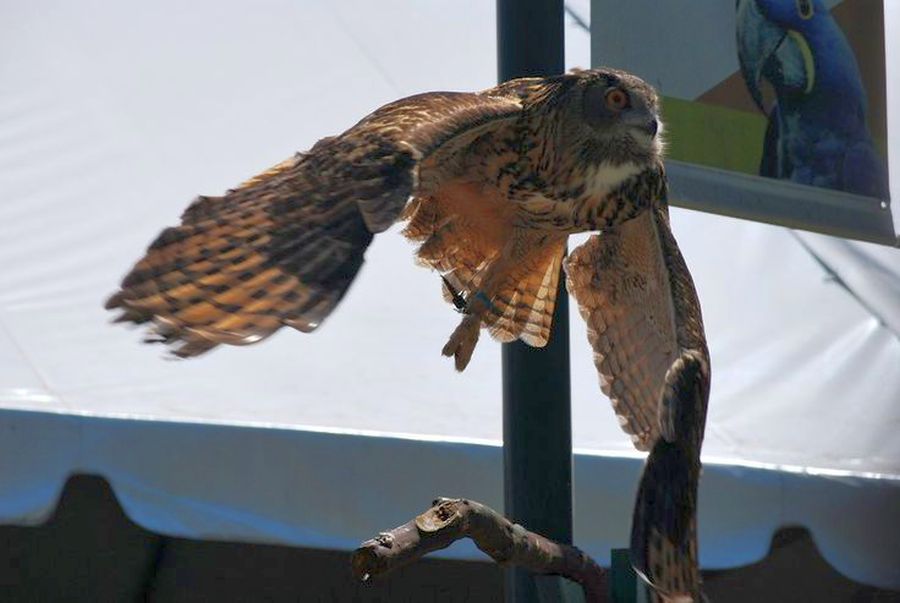
I don’t have recent videos of X or Dumbledore (they’ve been busy off camera!) so to give you an idea of how big a Eurasian eagle owl is and how calm one can be as an avian ambassador, watch the public’s reaction when an owl visited the Hive Library in Worcester, UK with BBC Earth Unplugged.
Guests are encouraged to drop by on weekdays to see the Eurasian eagle owl chick as he grows! He is the 11th chick his parents have hatched at the National Aviary over the years.
(credits and links are in the captions)
